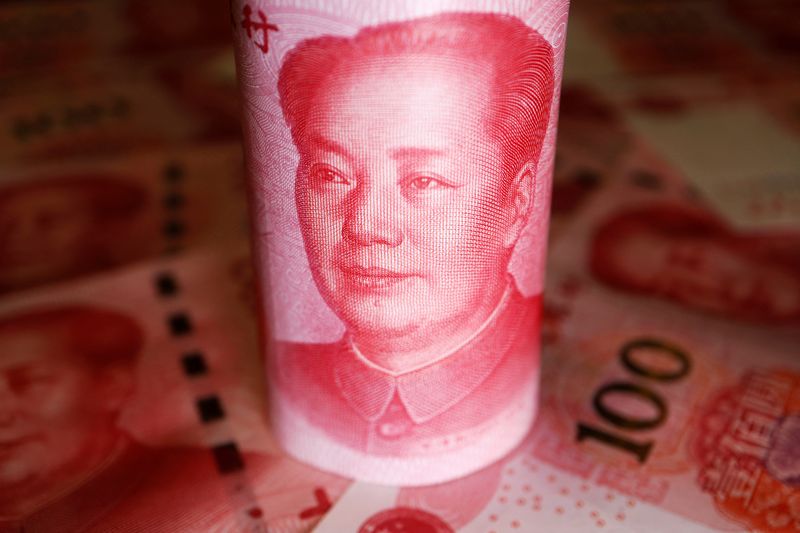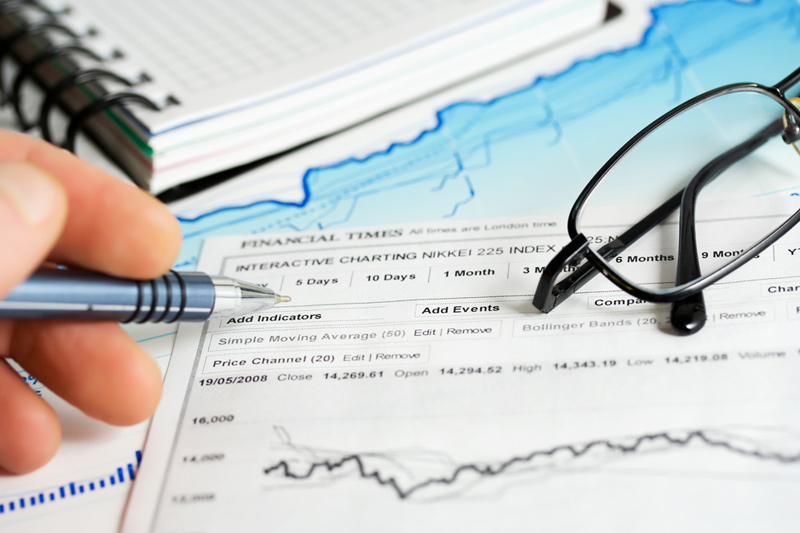SHANGHAI (Reuters) – After trying all year to put a floor on the falling yuan, China’s central bank is suddenly faced with the opposite problem and is turning to subtle ways to prevent the currency from surging in value.
The usually cautious yuan appreciated 1.3% against the dollar in August, recovering almost all of its losses in the first half of the year. On Friday, it looked like it would mark its fifth straight weekly gain, the longest winning streak in more than three years.
While none of the underlying factors at home, namely a weak economy and capital flight, have changed, the yuan has been helped by rising expectations for Federal Reserve rate cuts, which weaken the dollar, and a rally in the Japanese yen.
Meanwhile, Chinese authorities have been working behind the scenes to ensure the currency does not rise abruptly, which could roil fragile domestic financial markets and hurt exporters. They have been surveying the market to gauge pressure and have quietly eased restrictions on gold imports and yuan trading positions for some banks.
“The government is likely less concerned about the depreciation but remains wary of currency volatility,” said Gary Ng, senior Asia-Pacific economist at Natixis.
“While pressure on the yuan may ease if the Fed finally cuts rates, there could be sudden and significant movements in capital flows.”
A key reason for the People’s Bank of China (PBOC) to worry is the build-up of speculative short-yuan positions during the currency’s steady decline since early 2023, which could unwind messily if the currency rises quickly.
Foreign companies operating in China, domestic exporters and investors have traded the yuan for dollars to earn better returns in what is known in market circles as the yuan trading.
Macquarie Group (OTC:) analysts estimate that exporters and multinational companies have built up foreign exchange holdings of more than $500 billion since 2022.
“As the yuan rises in value… concerns about the possible phasing out of the yuan for trading raise the possibility of shocks in financial markets,” said Zhu Chaoping, global market strategist at JP Morgan Asset Management.
“Recent market volatility in Japan may have reminded policymakers of these risks.”
China’s currency regulator, the State Administration of Foreign Exchange (SAFE), and the PBOC did not immediately respond to Reuters requests for comment.
AVOID A STAMPEDE
Possibly to get a sense of the pent-up purchases of yuan that could come as the currency rises in value, SAFE last week surveyed banks about their clients’ FX conversion rate – the portion of revenue that exporters convert into yuan – by two people with direct knowledge of the matter. told Reuters.
“FX settlement is the issue that everyone in the market is most concerned about, apart from the Fed rate cut,” said Liu Yang, general manager of the financial markets department at mineral exporter Zheshang Development Group.
“After all, exports are the only major driver of China’s economy among the traditional ‘troika’ (traditional growth engines), and regulators do not want the yuan to rapidly appreciate and substantially weaken the competitiveness of export products,” he said.
In addition, guidelines given to banks last year to hold short positions in the yuan at the end of the trading day have also been relaxed for some banks, two people with direct knowledge of the matter told Reuters.
Chinese banks have also been given new gold import quotas by the central bank, Reuters reported. Gold imports are typically restricted when the yuan faces depreciating pressures.
The metrics are subtle, analysts said, and together with the trend in the PBOC’s daily benchmark guidance for the yuan, simply reflect a desire to limit volatility, rather than thwart gains.

Still, market participants are revising their yuan forecasts.
Analysts at BofA Securities expect the yuan to continue to weaken, “given moderate growth and the easing of the PBOC,” but see the yuan at 7.38 per dollar by the end of the year, not 7.45 as they had previously predicted. It is currently around 7.14 per dollar.


